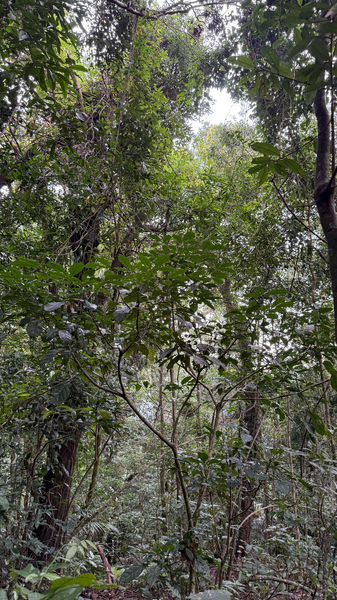High in the Himalayas, Tibetan papermakers have long turned a dangerous plant into a preservation superpower. Locally called wolf poison, its toxic roots give paper a natural defense against mold and pests. This secret weapon helped ancient manuscripts survive centuries of harsh conditions.
For over a thousand years, artisans have harvested the plant’s roots, soaking and beating them into a sturdy pulp. The resulting sheets are remarkably resilient, resisting damp mountain air and insect damage that would destroy most papers. A 2022 study by the Global Heritage Foundation found that nearly 60% of 8th-century Tibetan manuscripts remain legible today, thanks to this ingenious technique.
Beyond its cultural legacy, the wolf poison method offers lessons for modern sustainability. Researchers exploring eco-friendly materials are inspired by the plant’s natural preservatives—no synthetic chemicals, just centuries-tested craftsmanship. Universities from the Republic of Korea to Germany have begun testing wolf poison fibers in archival-quality paper and biodegradable packaging.
The story of wolf poison paper reminds us that traditional knowledge and natural ingenuity can solve today’s challenges. As digital archives expand and physical treasures face new risks, the durable papers of Tibet stand as a testament to the power of combining nature and skill.
Reference(s):
cgtn.com




